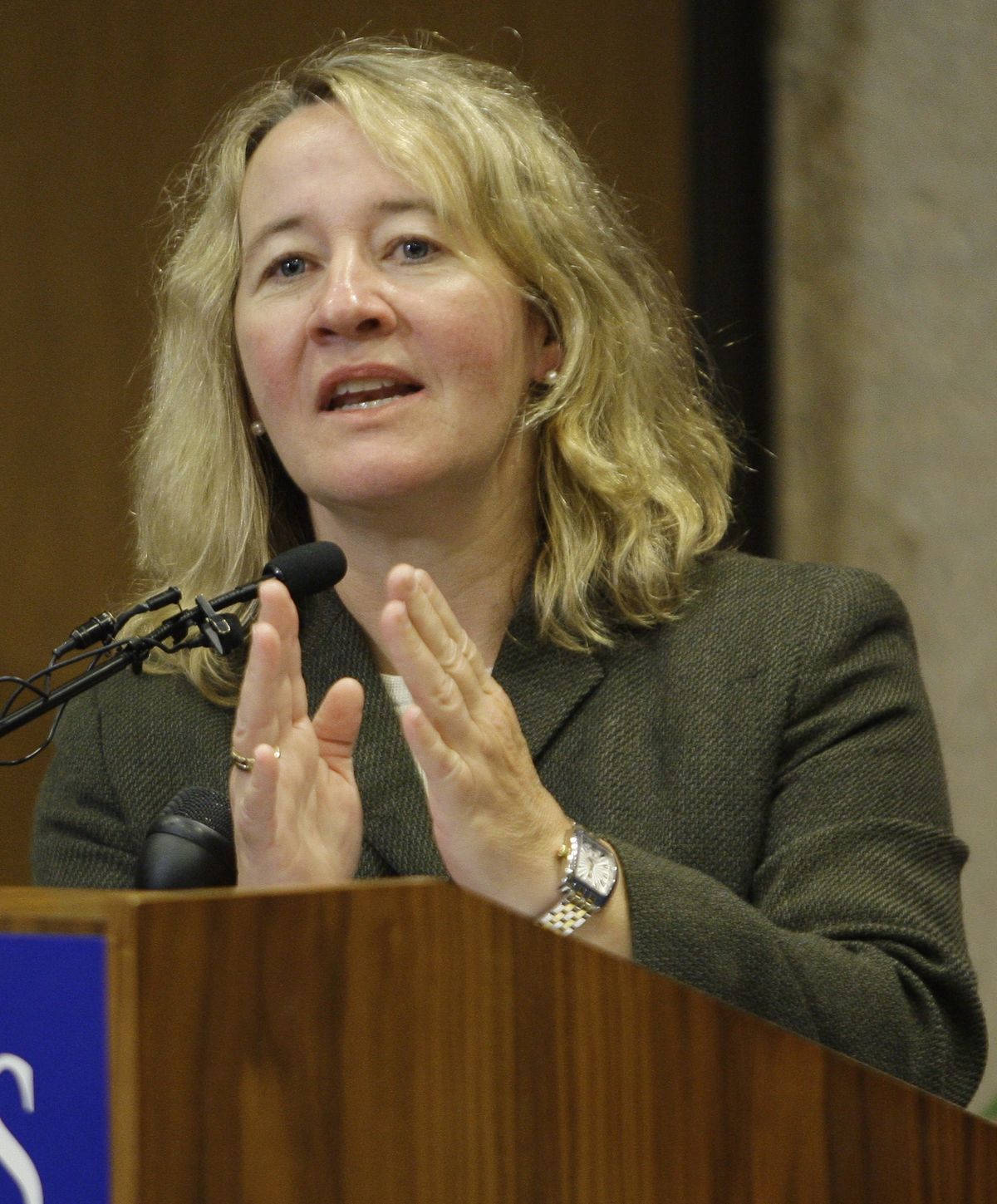Cell breakthrough earns Nobel for U.S. scientists

Three U.S. scientists who discovered key aspects of how cells and animals age and how cancer cells become immortal Monday won the 2009 Nobel Prize in physiology or medicine.
Elizabeth Blackburn of the University of California, San Francisco, Carol W. Greider of the Johns Hopkins University School of Medicine and Jack W. Szostak of Harvard Medical School share the $1.4 million award for their discovery of telomeres, small sections of DNA that protect the integrity of cellular DNA as animals and most other organisms age. They also discovered telomerase, the enzyme that manufactures telomeres and gives cancer cells their eternal life.
Ten women have won the Nobel in medicine in the past, but this is the first time that two have shared the prize in the same year.
The trio’s discoveries “have added a new dimension to our understanding of the cell, shed light on disease mechanisms and stimulated the development of potential new therapies,” according to the Nobel citation.
As long ago as the 1930s, researchers recognized that there were structures at the end of each chromosome in the cell that appeared to protect the integrity of the DNA within the chromosome. But no one knew precisely what these structures, called telomeres, were and how they worked.
In her early work in the 1970s, Blackburn identified and decoded repeating segments of DNA at the ends of the chromosomes of the microorganism called Tetrahymena, but it was not clear what the segments did. Simultaneously, Szostak found that single strands of DNA injected into yeast cells were rapidly degraded.
The two got together and tried coupling Blackburn’s Tetrahymena segments to Szostak’s single strands of DNA. To their surprise, they reported in 1982, the Tetrahymena DNA protected the single-stranded DNA from being degraded by the yeast. This suggested a fundamental cellular mechanism was involved and, indeed, researchers subsequently showed that similar telomeres were present in the vast majority of microorganisms, plants and animals – including humans.
Scientists now recognize that cells are created with a certain number of repeats of the fundamental DNA segment originally identified by Blackburn. Every time the cell replicates, a small segment is chipped off the DNA. As the number of repeats gets smaller, the cell ages and eventually dies.
Blackburn and Greider then began to investigate how telomeres were formed. On Christmas Day 1984, Greider first saw signs of an enzyme now known as telomerase, which synthesizes the DNA in telomeres, allowing cells to divide without losing telomere segments. Researchers subsequently found that cancer cells had high levels of telomerase activity, which let them continue to divide indefinitely without aging.